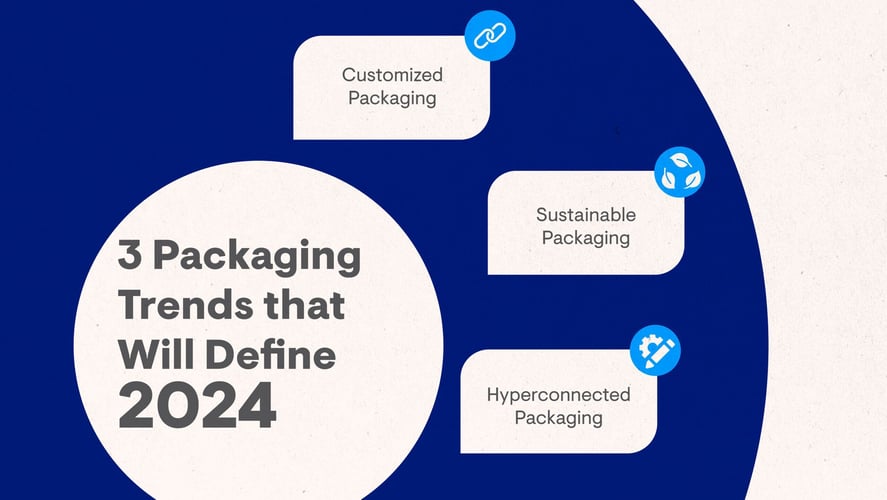Packaging and Labeling

We often use the terms “packaging and labeling” but what exactly do they entail? How do they complement each other?
In the beverage, liquor, and food industry, custom product packaging and labeling are two essential components that work together to ensure product quality, facilitate transport, product information, and attract consumers. Even so they are often mentioned together, each has specific and complementary functions.
Product Packaging
Product packaging refers to the materials used to contain, protect, handle, deliver, and present a product. It can be divided into three main levels: primary packaging, secondary packaging, and tertiary packaging.
Primary Packaging
This is the product packaging design that is in direct contact with the product. Its main function is to protect the contents and maintain their quality and freshness, such as our glass bottles for liquors (In fact, it is very common for this packaging to include labeling that provides detailed product information).
- Protection: Product packaging plays an important role in protecting the product from external contaminants, such as bacteria, moisture, and light.
- Preservation: Maintains freshness and flavor, especially in perishable products.
- Convenience: Facilitates the use and storage of the product for the end consumer.
Secondary Packaging
This can group several primary packages together and is not in direct contact with the product, but it is crucial for its transport and additional protection. Examples include boxes containing multiple glass bottles like “six packs for beer bottles.”
- Grouping: Facilitates the handling and distribution of multiple units.
- Additional Protection: Provides an extra layer of protection against physical damage.
- Marketing and Display: Helps in the presentation of the product at points of sale with the labeling and product packaging design and detailed product information.

Primary and secondary packaging for Ron Calero.
Tertiary Packaging
This is used to group secondary packages for handling and long-distance transport, such as wooden pallets.
- Ease of Handling: Allows for the efficient movement of large quantities of product.
- Transport Optimization: Helps maximize space in trucks and warehouses.
- Protection during Transport: Minimizes the risk of damage during transport, ensuring that products arrive at their destination in perfect condition. It can also provide some product information.
Product Labeling
Bottle label design refers to the information printed on the product’s packaging. Packaging and labeling are essential for communication between the producer and the consumer, as well as for complying with legal regulations during business days.
Product Information Product labeling provides details about ingredients, nutritional value, usage instructions, weights and measures, and detailed product information.
Brand Identification Product labeling reinforces brand identity and attracts consumers with visually appealing designs.
Legal Regulations Product labeling ensures compliance with local and international standards by providing information required by law.
Instructions and Warnings Product labeling includes safety warnings and recommendations for storage and use.

Packaging and labeling for Ron Calero.
Innovations in Packaging and Labeling
Customized Product Packaging
Just like the labeling, packaging design is increasingly focused on individuality and self-expression, leading consumers to seek products, services, and experiences tailored to their unique attributes, interests, and goals.
Research shows that more than half of global consumers desire products and packaging to their preferences. The pursuit of individuality is becoming increasingly attainable through technological innovations and digital engagement.
Spirits brands are embracing customized packaging design and limited editions, turning these packages into true collectibles. They often feature thematic details or references to movies and celebrities, enhancing their appeal.
These specially designed packages add value and forge an emotional connection between the consumer and the brand. This trend is gaining traction in the spirits industry.
Interactive design and customized packaging (Just like the labeling) play a crucial role in creating personalized consumer experiences, ultimately driving brand loyalty. Consumers are drawn to these unique offerings.
Sustainable Packaging
Awareness of environmental issues caused by consumerism has led to a search for alternatives using sustainable packaging in the industry, and this shift is gaining momentum.
One of the most effective strategies is the use of biodegradable, recyclable, or compostable materials in packaging production. These options are increasingly popular sustainable packaging in the industry.
Consumers today prefer to support brands that align with their values and lifestyles. There is a growing demand for environmentally and socially responsible products, including packaging material.
A joint study by McKinsey and NielsenIQ found that consumer packaged goods with an ESG (Environmental, Social, and Governance) statement on the packaging design generated higher sales.
Between 2018 and 2022, products with an ESG statement outperformed those without one. This trend highlights the importance of sustainability in consumer purchasing decisions.
The demand for sustainable packaging and labeling has never been higher, including containers made from recycled or recyclable materials, refill and reuse models, and solutions with reduced carbon footprints.
Spirits brands can differentiate themselves by adopting sustainable packaging design strategies in their production processes. Using eco-friendly materials can set them apart in a competitive market.
These strategies include using cardboard for folding cartons, recycled paper for labels, plant fibers in synthetic corks, and incorporating recycled glass in bottle and sustainable packaging manufacturing.
Radio Frequency Identification (RFID) in packaging and labeling
Product labeling uses electromagnetic fields to help identify tagged objects. This technology is widely used across various industries for tracking and identification.
The RFID system comprises three main components: the tag or label, the reader, and the antenna. These elements work together to facilitate the identification process efficiently.
RFID tags can be integrated into labels, making them essential for new label designs that enhance packaging and labeling systems. This integration is transforming how products are tracked and managed.
Unlike traditional barcodes, RFID tags can store much more information. They also do not require direct visibility to be read, increasing their versatility.
This capability makes RFID tags extremely useful in areas where efficiency and precision are critical. They offer a significant advantage in streamlining operations and improving accuracy.
Smart packaging and labeling
Utilize advanced technologies like Near Field Communication (NFC) and RFID. These labels can store vast amounts of information, offering new possibilities for consumer engagement.
Consumers can use mobile devices to read smart labels, accessing additional product information, discounts, or entertainment applications. This interaction enhances the overall shopping experience.
An example of integrating technology into label printing is the combination of QR codes with smart labels. This approach adds another layer of digital interaction for consumers.
With smart handheld devices, consumers can easily access digital services through QR codes. These services link physical products to intangible resources like manuals, discounts, and relevant information.
This seamless connection between the physical and digital worlds through smart packaging and labels and QR codes provides consumers with convenient and enriched experiences.
How Packaging and Labeling Complement Each Other
Finally, both product labeling and packaging are fundamental components in the beverage, liquor, and food industry. While each has specific functions, together, they form an integral system that protects the product, communicates with the consumer, and ensures compliance with regulations.
Understanding and optimizing both elements is crucial for the success of any product in the market. Visit www.bpsglass.com to learn about the packaging solutions, packaging materials and product labeling options we offer.



